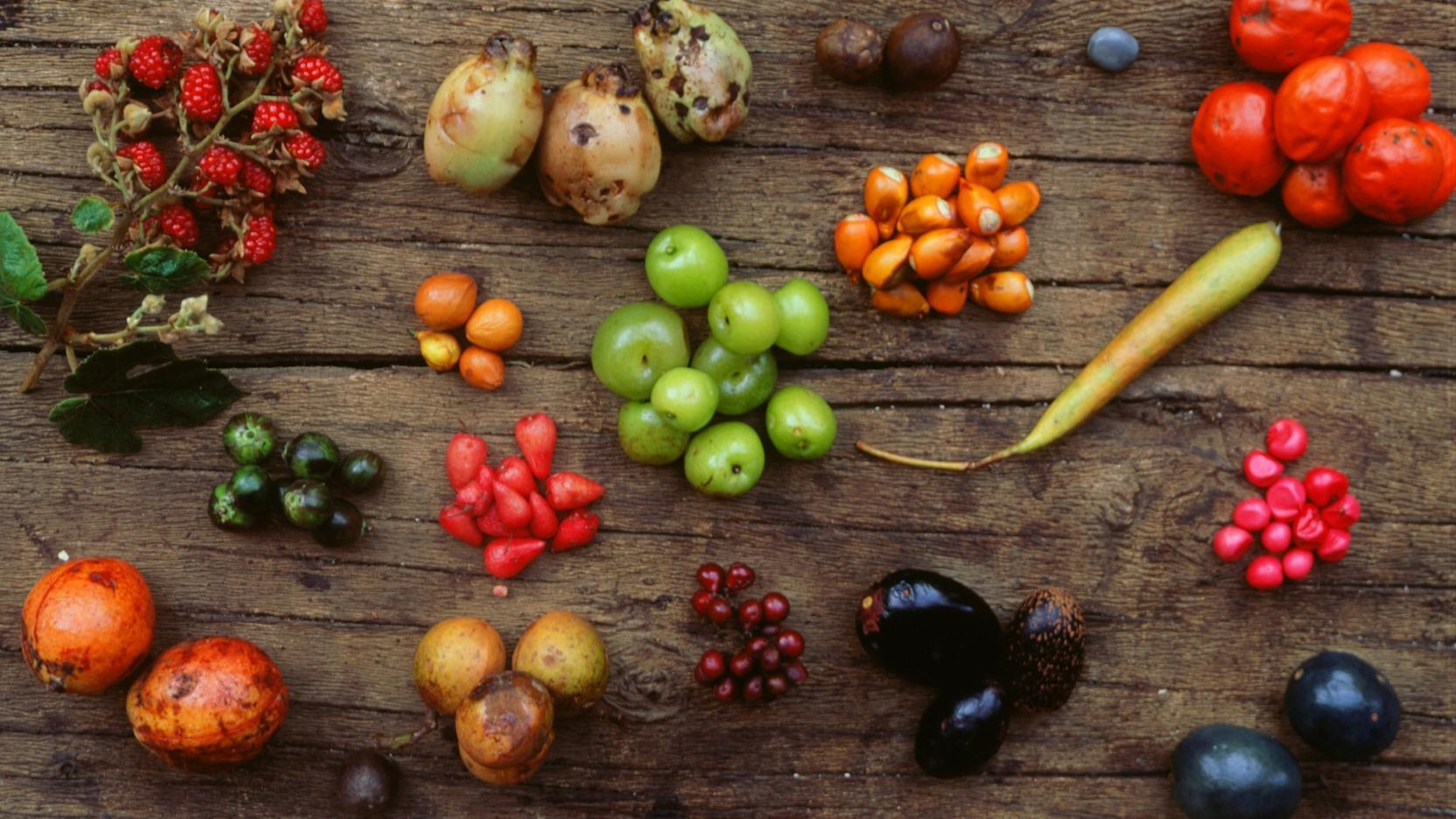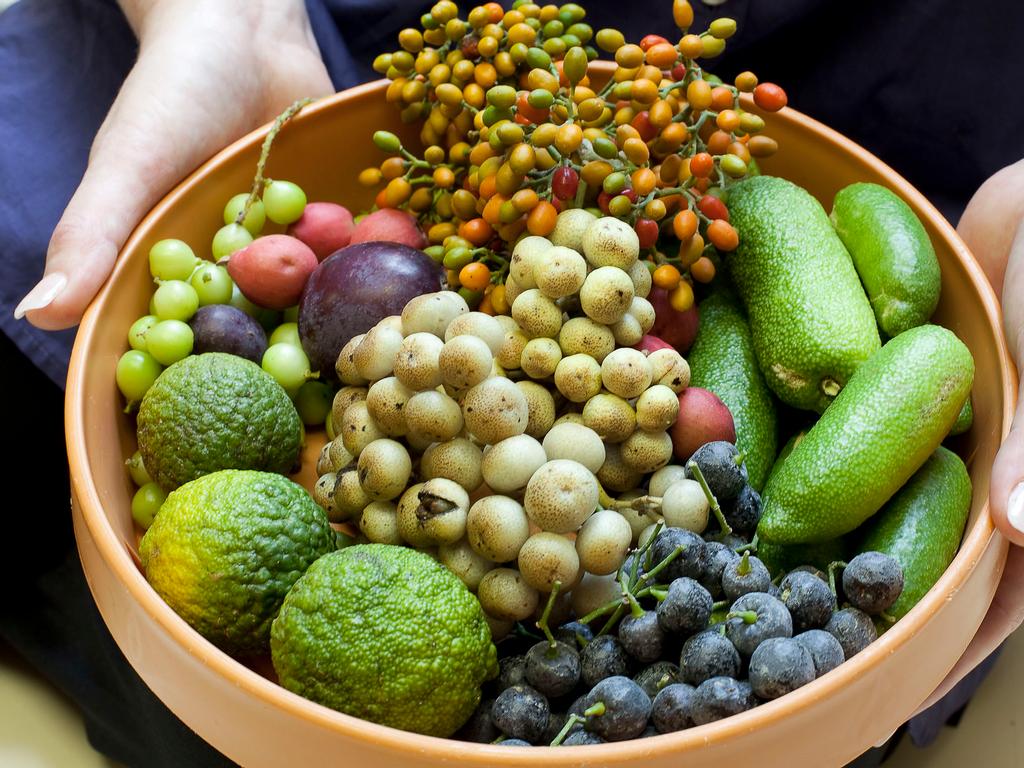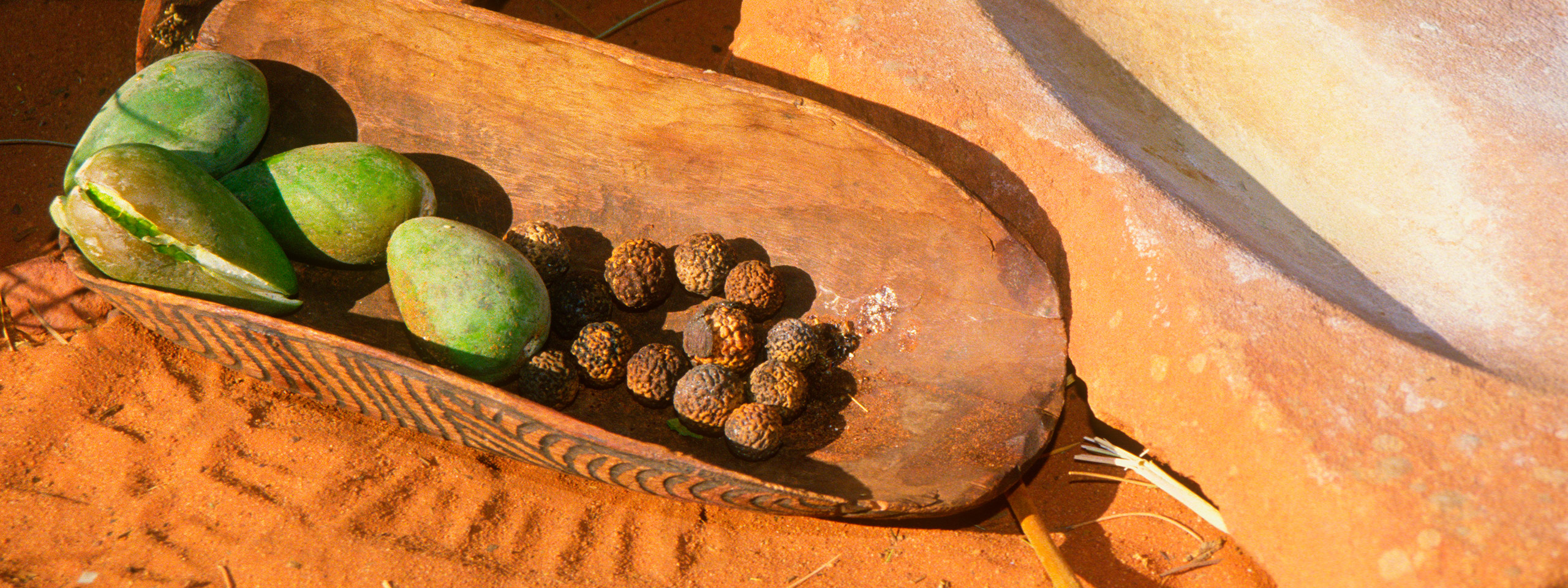A Bounty of Bush Tucker: Exploring the Delicious World of Native Australian Fruit Trees
A Bounty of Bush Tucker: Exploring the Delicious World of Native Australian Fruit Trees

Australia’s unique flora and fauna are renowned worldwide, and its native fruit trees are no exception. Beyond the familiar mangoes and avocados, a hidden world of exotic flavors and nutritional benefits awaits, offering a glimpse into the ancient culinary traditions of the Aboriginal people.
These native trees, often referred to as "bush tucker," have been a vital food source for millennia, providing sustenance, medicine, and cultural significance. As we become increasingly aware of the importance of biodiversity and sustainable food systems, exploring the potential of these unique fruits is a journey worth taking.
Related Articles: A Bounty of Bush Tucker: Exploring the Delicious World of Native Australian Fruit Trees
- Soaring High: The Eagle, The Hoop, And The Unbreakable Circle Of Aboriginal Unity
- Weaving The Web Of Life: How Aboriginal Relationship With Land Ensures Economic Survival
- Unlocking The Secrets Of The Ancient: Exploring The Potential Links Between Australian Aboriginal And Egyptian Hieroglyphs
- Unpacking The Meaning Of "Kinta": Exploring Aboriginal Language And Cultural Significance
- Unveiling The Enchanting World Of Plants: A Journey Into Beauty, Wonder, And Wellbeing
A Taste of the Wild: Exploring Australia’s Native Fruit Trees
1. Quandong (Santalum acuminatum)
The Quandong, also known as the "native peach," is a small, deciduous tree with distinctive red, fleshy fruits. Its tart, slightly sweet flavor has been enjoyed by Aboriginal people for centuries.
Growing Quandongs:
- Climate: Thrives in arid and semi-arid regions, tolerating harsh conditions.
- Soil: Prefers well-drained, sandy soils.
- Propagation: Can be grown from seed or by grafting.
- Harvest: Fruits ripen in late summer to early autumn.

Uses:
- Edible: The fleshy fruit is eaten fresh, dried, or made into jams, chutneys, and pies.
- Medicinal: The seeds are used in traditional medicine for their anti-inflammatory properties.

2. Davidson Plum (Davidsonia pruriens)
This small, evergreen tree boasts dark purple, plum-like fruits with a tangy, almost blackcurrant-like flavor.
Growing Davidson Plums:

- Climate: Prefers subtropical and temperate climates with high humidity.
- Soil: Well-drained, fertile soils are ideal.
- Propagation: Can be grown from seed or cuttings.
- Harvest: Fruits ripen in late summer to early autumn.
Uses:
- Edible: The fruits are eaten fresh, made into jams, sauces, and juices.
- Medicinal: Traditional uses include treating digestive issues and boosting immunity.
3. Finger Lime (Citrus australasica)
This unique citrus fruit gets its name from its finger-like segments, bursting with juice and a vibrant, citrusy flavor.
Growing Finger Limes:
- Climate: Thrives in subtropical climates.
- Soil: Well-drained, acidic soils are preferred.
- Propagation: Can be grown from seed or cuttings.
- Harvest: Fruits ripen in winter to early spring.
Uses:
- Edible: The segments are eaten fresh, used as a garnish, or added to salads, desserts, and cocktails.
- Culinary: The juice is a popular ingredient in sauces, marinades, and dressings.
4. Kakadu Plum (Terminalia ferdinandiana)
This small, deciduous tree is a powerhouse of vitamin C, boasting 50 times the amount found in oranges. Its fruits are small, yellow, and have a tangy, slightly acidic flavor.
Growing Kakadu Plums:
- Climate: Adaptable to a range of climates, including tropical, subtropical, and arid regions.
- Soil: Prefers well-drained, sandy soils.
- Propagation: Can be grown from seed or cuttings.
- Harvest: Fruits ripen in late summer to early autumn.
Uses:
- Edible: The fruits are eaten fresh, dried, or made into jams, chutneys, and juices.
- Medicinal: Used in traditional medicine for its antioxidant, anti-inflammatory, and immune-boosting properties.
5. Illawarra Plum (Podocarpus elatus)
This evergreen tree produces large, fleshy, purple fruits with a sweet, slightly tart flavor.
Growing Illawarra Plums:
- Climate: Thrives in subtropical and temperate climates.
- Soil: Prefers well-drained, acidic soils.
- Propagation: Can be grown from seed or cuttings.
- Harvest: Fruits ripen in late summer to early autumn.
Uses:
- Edible: The fruits are eaten fresh, made into jams, sauces, and juices.
- Medicinal: The leaves are used in traditional medicine for their anti-inflammatory and pain-relieving properties.
6. Midyim (Acronychia acidula)
This small, evergreen tree produces small, round, orange fruits with a sweet, citrusy flavor.
Growing Midyim:
- Climate: Thrives in subtropical and temperate climates.
- Soil: Prefers well-drained, acidic soils.
- Propagation: Can be grown from seed or cuttings.
- Harvest: Fruits ripen in summer.
Uses:
- Edible: The fruits are eaten fresh, made into jams, and used as a flavoring agent.
- Medicinal: The leaves and bark are used in traditional medicine for their antibacterial and antifungal properties.
7. Native Tamarind (Diploglottis australis)
This small, evergreen tree produces large, brown pods containing sweet, tangy pulp that resembles tamarind.
Growing Native Tamarind:
- Climate: Thrives in subtropical and temperate climates.
- Soil: Prefers well-drained, fertile soils.
- Propagation: Can be grown from seed or cuttings.
- Harvest: Pods ripen in summer.
Uses:
- Edible: The pulp is eaten fresh, used in desserts, and made into jams and chutneys.
- Medicinal: The bark is used in traditional medicine for its astringent properties.
8. Native Peach (Alectryon oleifolius)
This small, evergreen tree produces small, orange-red fruits with a sweet, slightly tart flavor.
Growing Native Peach:
- Climate: Thrives in subtropical and temperate climates.
- Soil: Prefers well-drained, fertile soils.
- Propagation: Can be grown from seed or cuttings.
- Harvest: Fruits ripen in autumn.
Uses:
- Edible: The fruits are eaten fresh, dried, or made into jams and chutneys.
- Medicinal: The leaves are used in traditional medicine for their anti-inflammatory properties.
9. Native Currant (Leucopogon lanceolatus)
This small, evergreen shrub produces small, white, berry-like fruits with a sweet, slightly tart flavor.
Growing Native Currant:
- Climate: Thrives in a range of climates, including temperate, subtropical, and arid regions.
- Soil: Adaptable to a range of soil types.
- Propagation: Can be grown from seed or cuttings.
- Harvest: Fruits ripen in summer.
Uses:
- Edible: The fruits are eaten fresh or made into jams.
- Medicinal: The leaves are used in traditional medicine for their astringent properties.
10. Native Apricot (Pittosporum revolutum)
This evergreen shrub produces small, orange-red fruits with a sweet, slightly tart flavor.
Growing Native Apricot:
- Climate: Thrives in temperate climates.
- Soil: Prefers well-drained, fertile soils.
- Propagation: Can be grown from seed or cuttings.
- Harvest: Fruits ripen in autumn.
Uses:
- Edible: The fruits are eaten fresh or made into jams.
- Medicinal: The leaves are used in traditional medicine for their anti-inflammatory properties.
Beyond the Taste: The Cultural Significance of Native Fruit Trees
These native fruit trees are not just sources of food; they are integral to the cultural heritage of Aboriginal people. Their uses extend far beyond culinary purposes, encompassing medicine, tools, shelter, and spiritual practices.
- Traditional Medicine: Many native fruits possess medicinal properties, treating various ailments from digestive issues to skin conditions.
- Ceremonial Use: Some fruits are used in ceremonies and rituals, reflecting their deep cultural significance.
- Knowledge Systems: Aboriginal people have developed extensive knowledge systems around these trees, understanding their growth cycles, medicinal properties, and sustainable harvesting practices.
A Sustainable Future for Native Fruit Trees
As we face the challenges of climate change and food security, the potential of native fruit trees becomes increasingly apparent. Their resilience to harsh conditions, nutritional value, and cultural significance make them valuable assets for a sustainable future.
- Food Security: Native fruits can provide a diverse and nutritious food source, contributing to food security in remote areas.
- Biodiversity Conservation: Cultivating native fruit trees helps preserve biodiversity and supports the unique ecosystems they inhabit.
- Cultural Preservation: Promoting the use of native fruits contributes to the preservation of Aboriginal culture and knowledge.
Embracing the Bounty of Bush Tucker
Exploring the world of native Australian fruit trees is an adventure for the senses, offering a glimpse into the ancient wisdom of Aboriginal people and the potential for a sustainable future. From the tangy Davidson Plum to the sweet Native Apricot, these unique fruits offer a delicious and culturally enriching experience, waiting to be discovered.
FAQ: A List of Native Australian Fruit Trees
Q: Where can I find native fruit trees for my garden?
A: You can find native fruit trees at specialist nurseries, online retailers, and some general nurseries. Look for nurseries that specialize in native plants.
Q: Are native fruit trees difficult to grow?
A: The difficulty of growing native fruit trees varies depending on the species and your local climate. Some, like the Quandong, are well-suited to arid regions, while others, like the Finger Lime, prefer subtropical climates.
Q: How do I care for native fruit trees?
A: The care requirements for native fruit trees vary depending on the species. However, in general, they prefer well-drained soil and regular watering, especially during dry periods.
Q: Are native fruit trees susceptible to pests and diseases?
A: Like any fruit tree, native species can be susceptible to pests and diseases. However, many are relatively resistant to common pests and diseases, making them a good choice for organic gardening.
Q: How do I harvest native fruits?
A: The best time to harvest native fruits varies depending on the species. Generally, fruits should be harvested when they are fully ripe and have reached their peak flavor.
Q: What are some ways to use native fruits in the kitchen?
A: Native fruits can be used in a variety of ways, from eating them fresh to making jams, chutneys, sauces, and juices. They can also be used as a garnish for desserts and savory dishes.
Q: Where can I learn more about native fruit trees?
A: You can find more information about native fruit trees at local nurseries, online resources, and through organizations dedicated to the preservation of Aboriginal culture and knowledge.

Closure
Thus, we hope this article has provided valuable insights into A Bounty of Bush Tucker: Exploring the Delicious World of Native Australian Fruit Trees. We thank you for taking the time to read this article. See you in our next article!


